Mohammed Alzaza moves about his Vancouver kitchen with a stilted gait, making Arabic coffee in a copper pot with a wooden handle — a small reminder of home. He pours the dark liquid, pungent with cardamom, into ceramic mugs.
Alzaza is drinking a lot of coffee these days, and sleeping very little. He’s consumed with following the news and social media, enlarging the tiny images on his phone in search of any information about his family in Gaza City.
Over the past two months, he’s been in contact just once. A week ago, at the start of a temporary ceasefire, he spoke briefly with his father — his only connection since Israel began its bombardment of Gaza following Hamas’s surprise attack on Oct. 7. Alzaza’s family had been sheltering in a daycare after their house was destroyed by bombing. His brother, Abdullah Atef, has been missing since then.
“I’m very lucky, because I’m here. But my body’s here. My heart, my mind, is with a lot of people that have the same medical needs, surgery needs,” he says.
“Right now, in Gaza, no water, no food. At the same time, bombs everywhere.”
Alzaza’s story begins more than a decade ago in Gaza City, when he was just 15 years old. It’s a story that brought him to this small Kitsilano apartment, furnished by members of Vancouver’s Jewish community. It’s a story about an international community brought together by a common belief in our shared humanity.
It’s a story that he’s waited to tell until he was safe in Canada.
“I want to tell the world what happened with me, with the people in Gaza, my family,” he says. “The war that started two months ago, it’s nothing new. It started 75 years ago.”
Alzaza’s life in Gaza
Alzaza grew up in Gaza City, in the southwest of traditional Palestine, where his grandparents were forced to move in 1948 during what is known to Palestinians as the Nakba, or “catastrophe.”
For Israelis, the same event is known as the War of Independence. It followed the creation of a Jewish state by the United Nations after the Second World War and the Holocaust, which saw the systematic killing of six million Jews by Nazi Germany.
As Jews from around the world sought safety in newly formed Israel, more than half of the Palestinian population was displaced and thousands were killed, including about 15,000 Palestinians and about 6,000 Israelis. Today, almost six million Palestinian survivors and their descendants are considered refugees by the United Nations.
Conflict and displacement have continued in the decades since. In 1967, the Six-Day War killed an estimated 800 Israelis and 20,000 Arabs in Egypt, Syria and Jordan as Israel annexed regions like the West Bank and Gaza, a 40-kilometre-long strip of land skirting the Mediterranean Sea.
In 2005, Israel withdrew its military from Gaza. Two years later, the militant group Hamas took power in the small enclave, which borders Egypt to the southwest and Israel to the north and east. Israel retains control of the movement of goods in and out of the region.
Gaza, which is surrounded by a fence controlled by Israel, has been called the world’s largest open-air prison. In the 15 years leading up to the current conflict, ongoing violence killed more than 6,000 Palestinians and 300 Israelis.
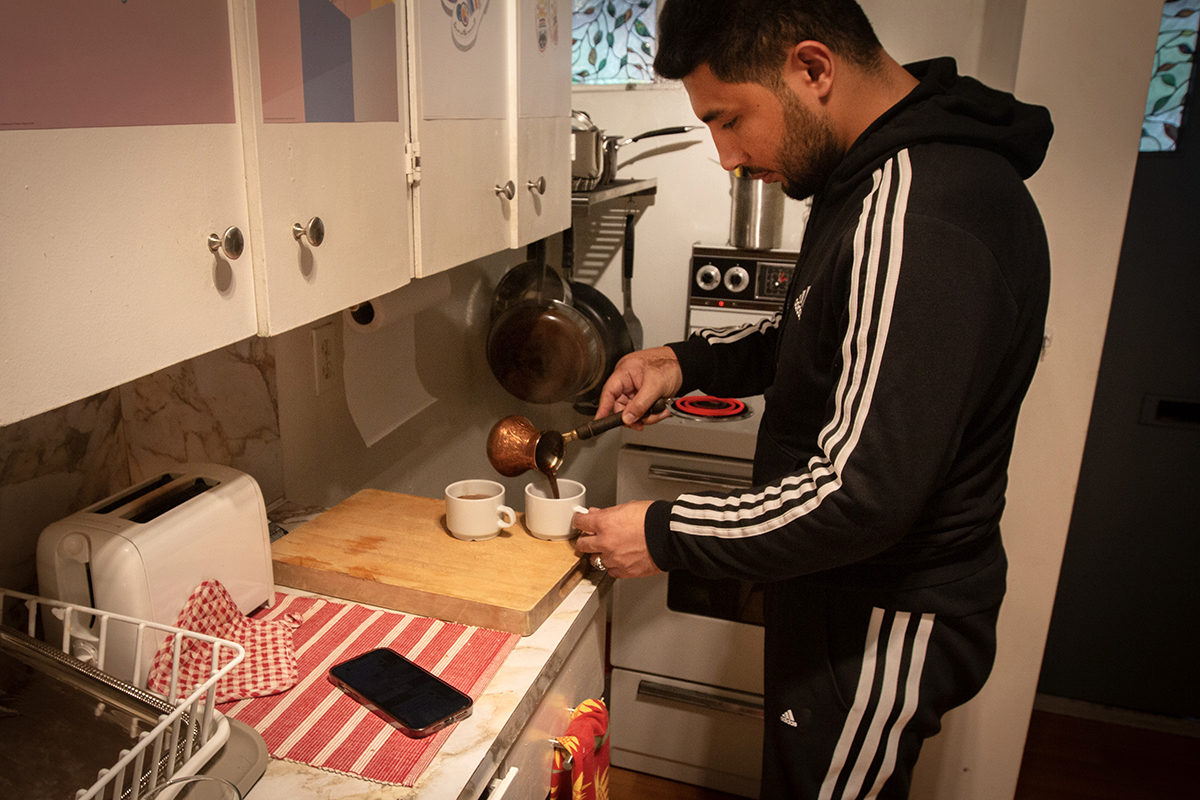
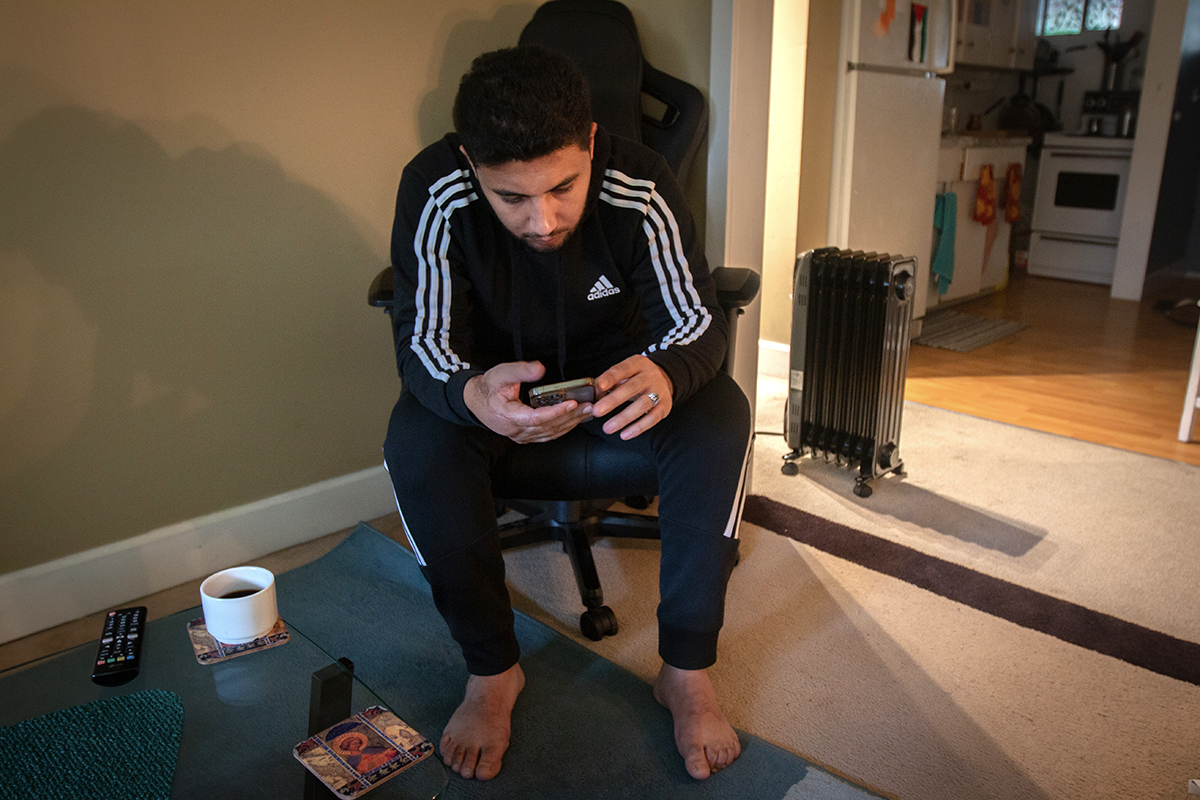
On Oct. 7, Hamas militants breached the fence surrounding Gaza and killed an estimated 1,200 people in Israel. Out of about 240 people taken hostage, 136 remain captive in Gaza, according to Israel.
Israel responded with ground and air attacks that have killed more than 18,000 people over the past two months, according to the Palestinian health authority. About 40 per cent of those killed are children.
Tens of thousands more are missing and injured. With food, water and medical supplies in short supply, the World Health Organization has called the humanitarian situation in Gaza “catastrophic.”
Surviving a drone strike
“Most of them won’t be as lucky as he was,” says Neil Naiman, who sits across the living room from Alzaza, listening to his story and occasionally interjecting details.
Naiman is a member of Independent Jewish Voices Canada, an advocacy group formed in 2008 on principles of peace and justice in Israel and Palestine. It has about 1,000 members nationally, more than 100 of them in Vancouver — a number that’s grown by several dozen over the past two months, Naiman says. Independent Jewish Voices Vancouver was instrumental in bringing Alzaza to Canada.
Naiman comes from a Zionist background, the movement that advocates for Jews to return to the Holy Land. As a teenager, he spent two months in Israel working on a kibbutz. He returned twice, in the early 1970s, to visit family, but eventually became disillusioned with the movement.
“After 1974, I started to change my attitude towards Israel,” he says. “I’ve never been to Gaza, but Mohammed’s situation has opened my eyes to the horrors of life in that open-air prison, which is really what it is for most people who live there.”
Growing up, Alzaza knew little about the world outside Gaza or the conflict with Israel. He knew only that electricity was sporadic and bombing was frequent. Every day, he took the long walk to a UN school in Gaza City, where he learned English — a language he understood had relevance somewhere else, beyond the confines of the Gaza Strip.
He loved soccer. During Ramadan in August 2011, when he was 15 years old, Alzaza and his cousin Ibrahim, who was 13, went to play while on a break from fasting. As they walked along the street, there was a sudden, piercing wail that would leave a ringing in Alzaza’s ear for months.
The drone strike that hit the boys left Alzaza with third-degree burns and broken bones throughout his body. They were taken to al-Shifa Hospital. But their needs were beyond Gaza’s medical capacity. Because they were children, they were moved to Kaplan Medical Centre in Tel Aviv nine days later.
It would be more than a year before Alzaza learned that Ibrahim had died within a month of their arrival. During that time, Alzaza didn’t leave the facility, moving only between his hospital bed and surgeries. It was more than two and half years before he could walk again.
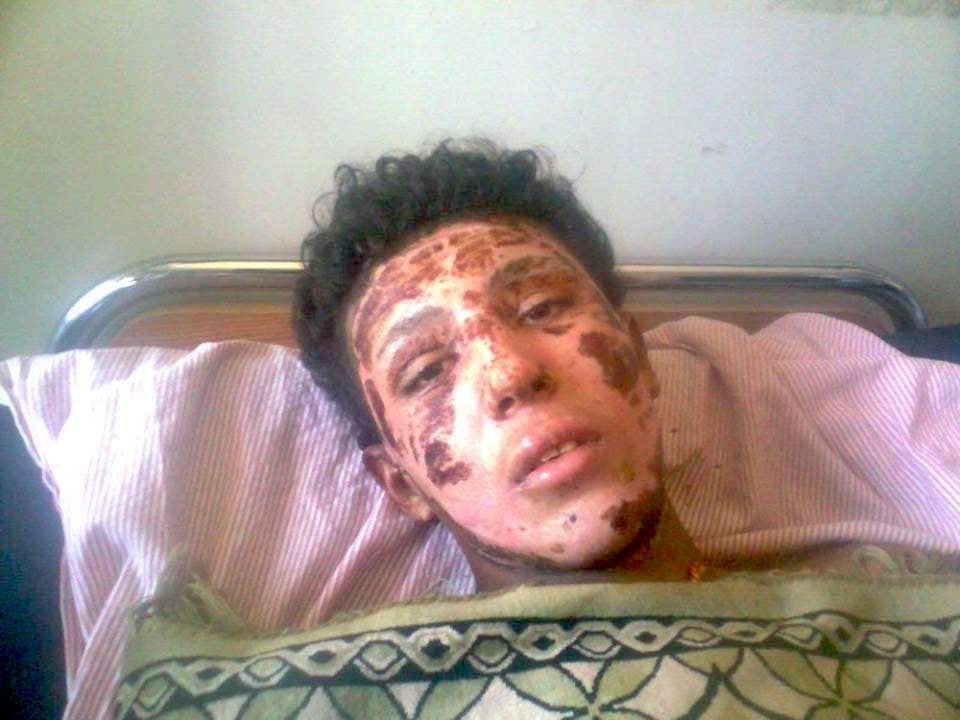
He remained in Israel for almost three years, the last half split between the hospital and a rehabilitation facility in Jerusalem. In 2014, Alzaza was told he was being sent home to visit family. He was elated. He didn’t know his departure would mark an abrupt end to his medical treatment.
Alzaza’s homecoming coincided with Israel’s deadliest attack on Gaza in almost 50 years. More than 2,300 people were killed, including 71 Israelis, during the seven-week bombardment. Another half a million people were displaced, according to the United Nations.
Alzaza’s family home was one of thousands destroyed by bombing. Unable to find his family, he spent 53 days sheltering in the courtyard at al-Shifa Hospital. Despite his ongoing need for medical care, including dressings for an open incision on his back and skin grafts on his legs, he was unable to get so much as a Tylenol. Hospital staff were overwhelmed tending to those in need of urgent first aid.
“There’s bombs everywhere, a lot of people coming, and this is the big hospital in Gaza,” he says. “I need to wait, wait, wait.”
When the bombing stopped, he found his family living in the street.
He joined them, living under tarps, and in terrible pain, for nearly two years as the international community delayed on its promise to rebuild homes in Gaza. During that time, he finished high school. He submitted paperwork in the hopes of returning to Israel to continue his medical treatment.
But while doctors were willing to do the surgery, the Israeli government refused. As an adult, he was no longer welcome, he says.
By 2018, he was pulling together the paperwork to travel to Turkey in the hopes of receiving the medical care he desperately needed. The process involved several trips to Ramallah, travelling through Israeli territory to the West Bank, to get a passport and permission from both the Egyptian and Turkish governments. With no airport in Gaza, he needed a transit visa to fly out of Cairo.
He landed in Istanbul on a one-year visitor visa, not knowing where he would sleep that night. Once settled, he began canvassing hospitals, searching for doctors willing to help. But his tourist status meant he would have to pay for the surgeries and the cost was prohibitive.
When his visa renewal was denied nearly a year later, he had nowhere to go.
“I needed to leave Turkey, but where? My passport can’t help me to go anywhere, and to come back to Gaza, it’s very difficult now,” he says.
Alzaza spent five years in Turkey, waiting. Twice, he tried to escape to Greece by boat but was apprehended by authorities. Each time, he begged them to take him to a hospital. Instead, they took him to prison for a week.
Getting Alzaza to Canada
But Alzaza wasn’t entirely alone in the world.
During his first weeks at the Tel Aviv hospital in 2011, he was visited by Ronnie Barkan, who describes himself as an Israeli dissident. Barkan had heard about the two Palestinian boys hit by a drone strike and asked to meet them.
When Alzaza asked him why the military would want to hurt two teenagers, Barkan introduced him to Yonatan Shapira, a former rescue helicopter pilot in the Israeli air force who authored a letter in 2003 signed by 27 pilots who refused to take part in Israeli attacks on Palestinians because of the indiscriminate killing of civilians.
“I told him these bombs that they dropped are the reason why I refused,” Shapira says. “This is one human being that was injured as a child. There are thousands and thousands of children that were killed. There are thousands of kids that are now lying dead under the rubble. Thousands of injured with no hospitals and no food.”
Alzaza found himself connected to an international community of activists, many of them Jewish. Shapira’s mother, university professor Tzvia Shapira, would become his main source of support for years.
When Alzaza landed in Istanbul with nowhere to sleep, it was Barkan who found him a place to stay. A broader community continued to support him and, eventually, sought ways to get him out. Yonatan Shapira reached out to a connection in Vancouver. He’d met Independent Jewish Voices member Yom Shamash while giving a talk there a decade earlier and thought Canada’s refugee program could provide an opportunity.
Shamash spoke with the BC Muslim Association, which agreed to sponsor Alzaza as a refugee, with Shamash as a co-sponsor. IJV Vancouver began fundraising to bring Alzaza to Canada. The Canadian Embassy in Turkey warned it could be nearly two years before he would arrive.
“We knew Mohammed was in terrible pain and he was living illegally in Turkey, by himself, so we tried to expedite that process,” Naiman says.
The group lobbied federal members of Parliament, who wrote letters of support. Jenny Kwan, the NDP’s critic for immigration, refugees and citizenship and MP for Vancouver East, took Alzaza’s story directly to then-immigration minister Sean Fraser. Barkan reached out to friend and fellow activist Roger Waters, bassist for the rock group Pink Floyd, who spoke out on Alzaza’s behalf.
“The petition started with a few hundred and all of a sudden went to 10,000,” Shamash says.
Alzaza’s approval came a year ago. He arrived in Vancouver on Feb. 1, 2023. The following day, Naiman took him to the closest emergency department, where he was referred to Vancouver General Hospital’s Complex Joint Clinic.
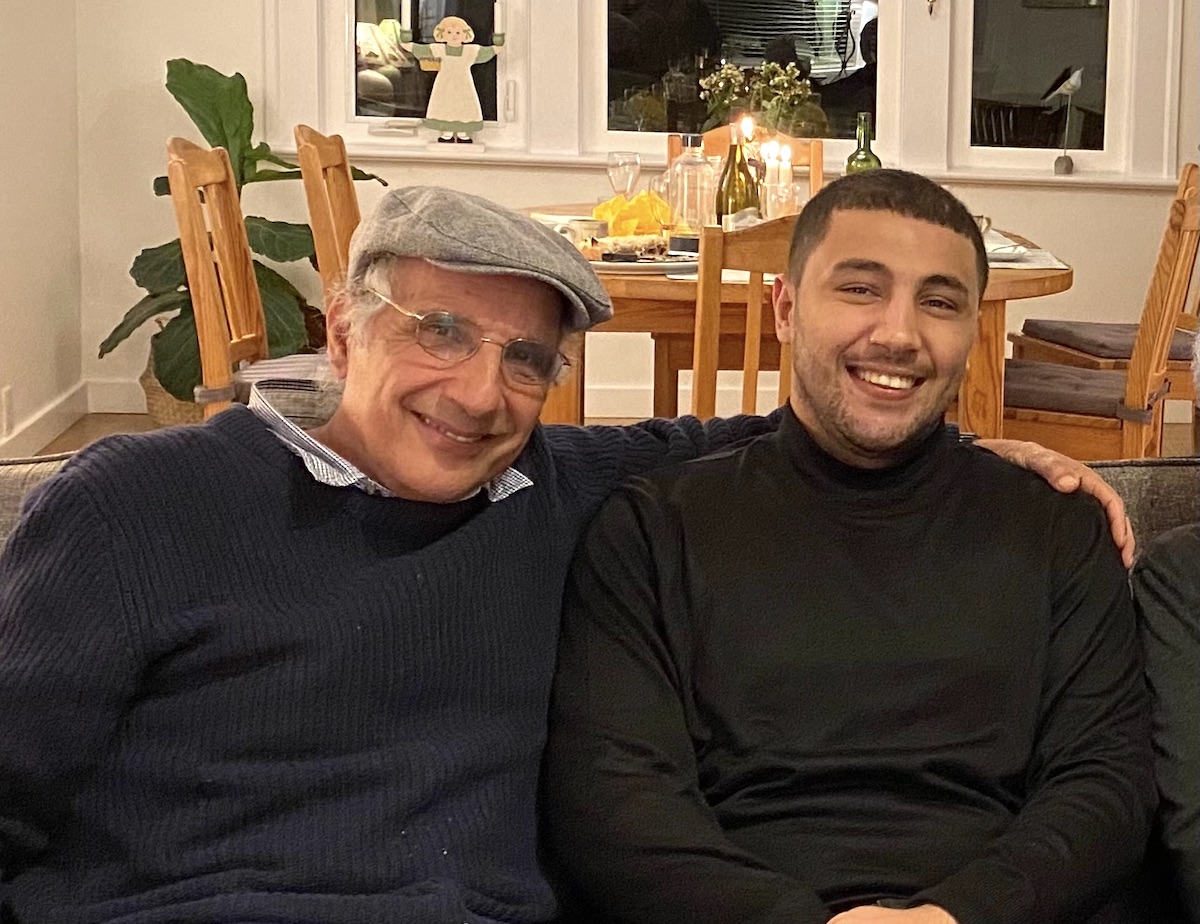
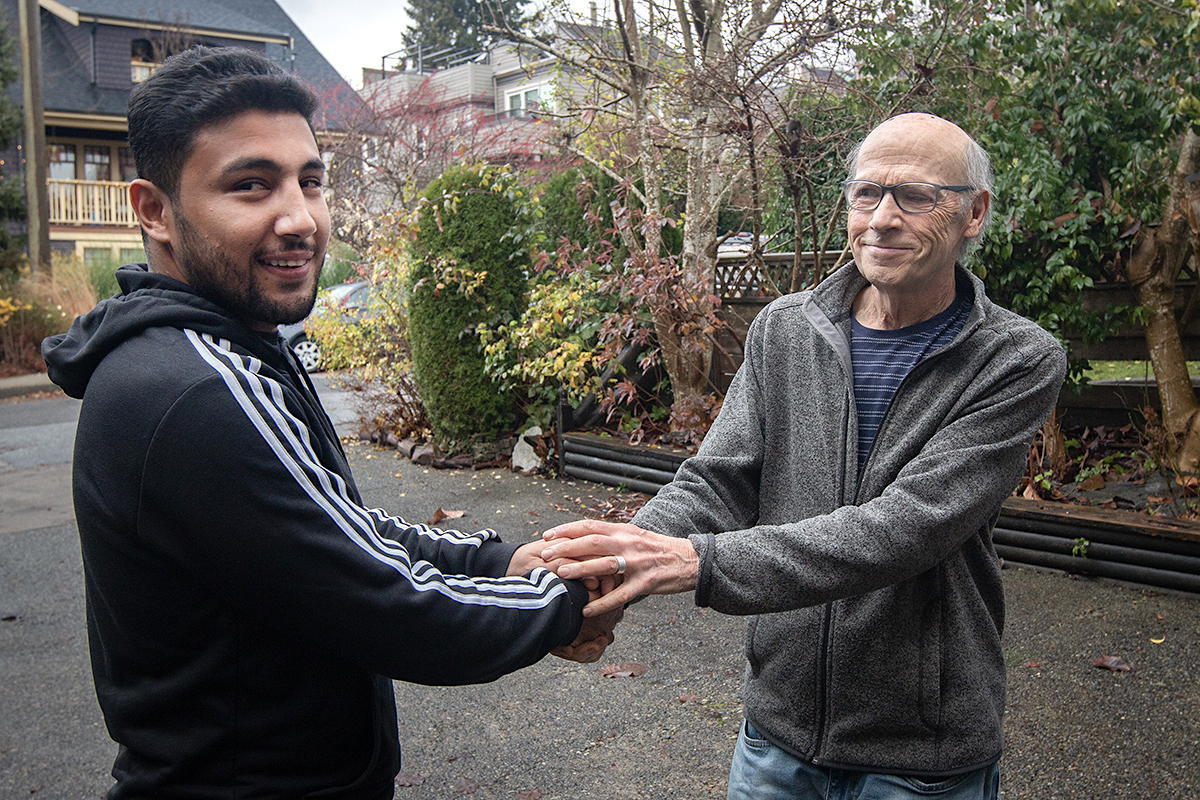
On Oct. 12, he underwent a knee replacement. He is awaiting several more surgeries on his hand and back, as well as plastic surgery on his skin grafts.
“My priority with Mohammed is to get him his medical treatment,” says Naiman, who shuttles Alzaza to frequent appointments. During a recent visit to G.F. Strong Rehabilitation Centre, he was struck by the connections Alzaza has made with caregivers. Naiman says getting to know the 27-year-old has been an inspiration.
“I find it so incredible that somebody who’s been through what he’s been through is so personable, likable and hopeful,” he says. “You wouldn’t think that this was a young man who has had 23 surgeries and was bombed when he was 15 years old, because he's not an angry young man.”
Where the Canadian government is failing
Alzaza has begun to build a life in Vancouver. He’s met other Palestinians and joined thousands of people at rallies calling for a ceasefire in Gaza.
When he’s not doing his rehab exercises or going to medical appointments, he’s learning about the history of Palestine and Israel. He tries to understand why creating a safe place for Jews meant making life unsafe for millions of Palestinians.
“The world talks about freedom and talks about peace and talks about humanity,” he says. “What about every day the Palestinians dying? What about two and a half million Palestinians staying in the biggest open-air prison in the world?”
From the outside, he understands the conflict better than his family in Gaza City. Without access to phones or electricity, they know only that bombs keep falling, he says. When the bombs stopped on Nov. 24 and he managed to find someone who handed his father a phone at their temporary shelter, they got to speak for just a few minutes. Alzaza asked if they were OK.
“No one’s OK. We don’t have water, we don’t have food, we don’t have anything,” his father told him. “Help us.”
Alzaza would like to do just that. He hopes to get a degree in psychology and would like to use it one day to help people in Gaza. He would also like to see the Canadian government help his family. Eventually, he would like to bring them to Canada.
Last week, the federal NDP called on Canada to implement special immigration measures for the families of Canadian permanent residents in Gaza. When asked whether the government would expand its eligibility criteria, Immigration Minister Marc Miller was noncommittal.
For IJV, the immediate focus is on a permanent ceasefire, something the Canadian government has also been unwilling to endorse. In October, Canada refused to back a UN resolution calling for an “immediate, durable and sustained humanitarian truce” between Israel and Hamas, instead abstaining from the vote.
Canada has routinely sided with Israel and the United States on resolutions related to the conflict in Gaza.
“I thought Canada was a country that abided by United Nations laws and regulations,” Naiman says. “Israel breaks them all the time and Canada doesn’t even vote at the United Nations to condemn Israeli breaking of international law.”
Shapira remembers growing up hearing about how the world was silent as horrible atrocities unfolded during the Holocaust. He says the current failures of world powers like Canada, Europe and the United States — which on Friday vetoed a UN Security Council resolution calling for an immediate ceasefire — makes them complicit.
“Now the world is silent. Not just silent; there are many countries that are indirectly participating in this genocide,” he says. While the vast majority of weapons used by Israel come from the United States, they are also supplied by Canada and Europe.
Others might not be so lucky
As Alzaza finishes telling his story, he pulls out his phone.
He scrolls through posts in Arabic on the social media platform Telegram, clicking a video posted earlier today. It’s the first day since the ceasefire ended and bombing has resumed in force.
In the video, rescuers pull the lifeless bodies of children, one after the next, from under crumbled concrete blocks in Gaza. One girl, no older than 10, emerges alive. Her foot is bloodied and her legs are twisted at an odd angle.
She’s starting a journey that could look a lot like the one Alzaza has taken over the past 12 years. With tens of thousands of others facing a similar future, she might not be as lucky. ![]()
Read more: Rights + Justice, Politics


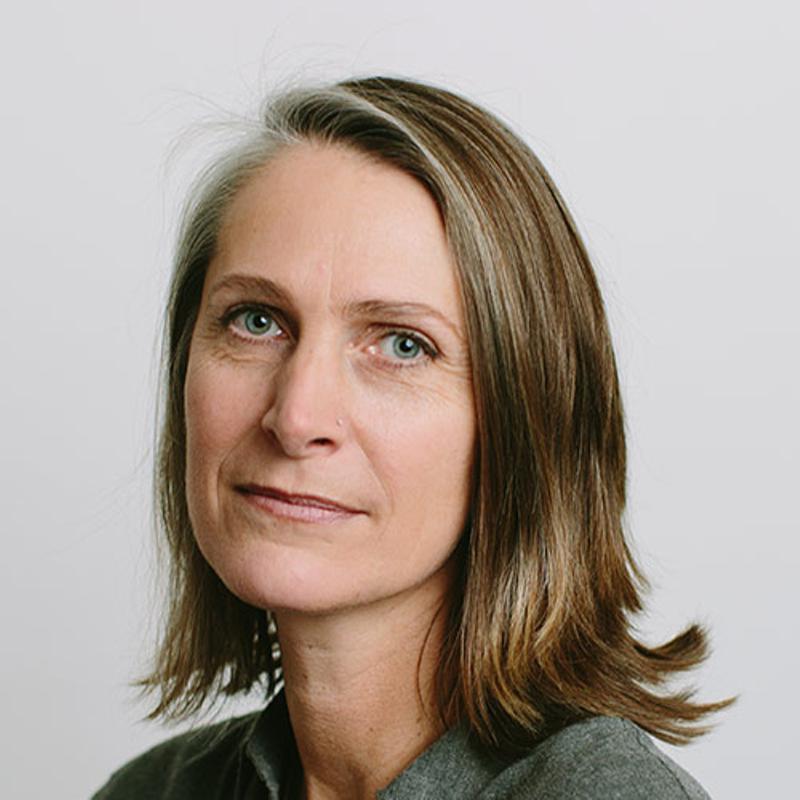

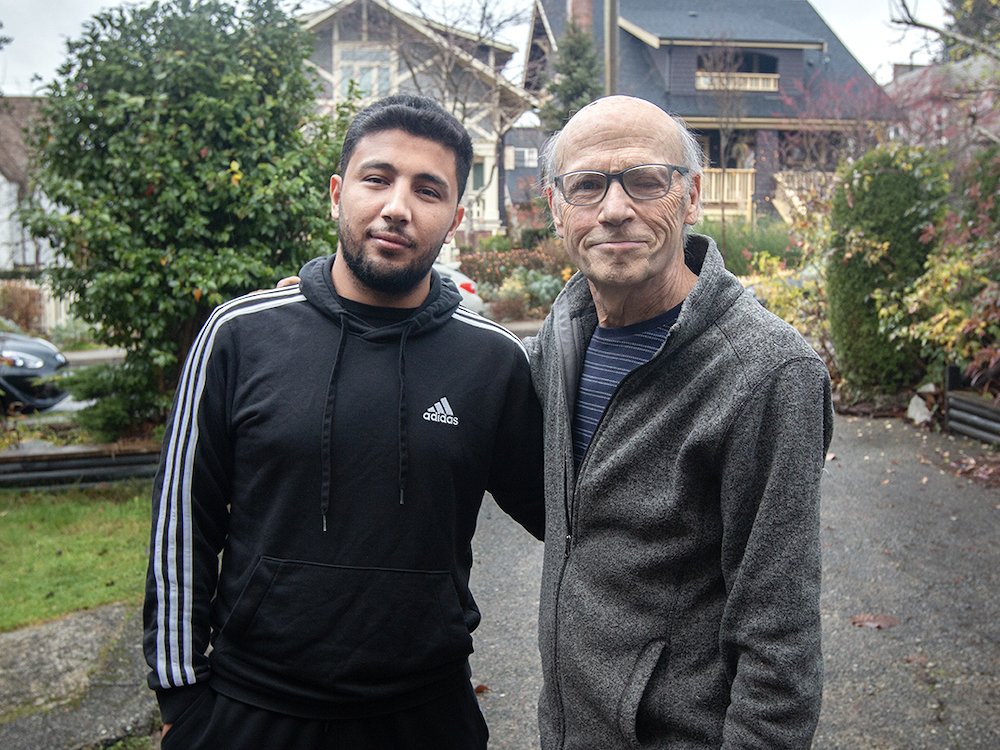
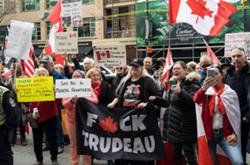
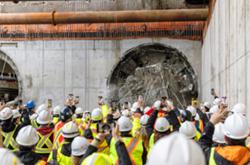
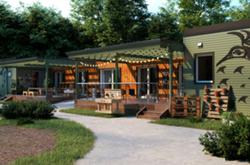
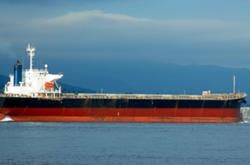
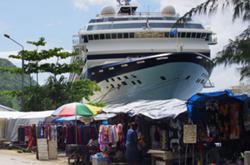
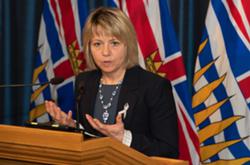
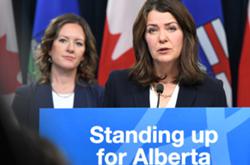
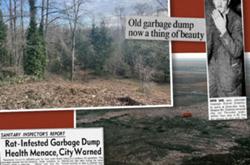
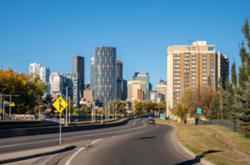



Tyee Commenting Guidelines
Comments that violate guidelines risk being deleted, and violations may result in a temporary or permanent user ban. Maintain the spirit of good conversation to stay in the discussion and be patient with moderators. Comments are reviewed regularly but not in real time.
Do:
Do not: